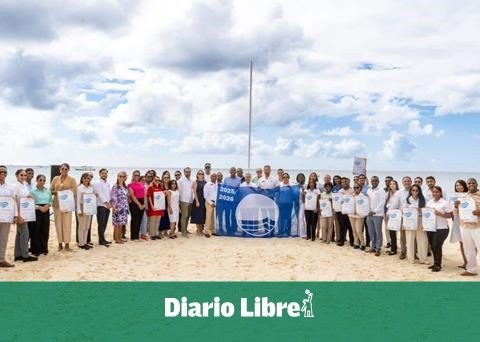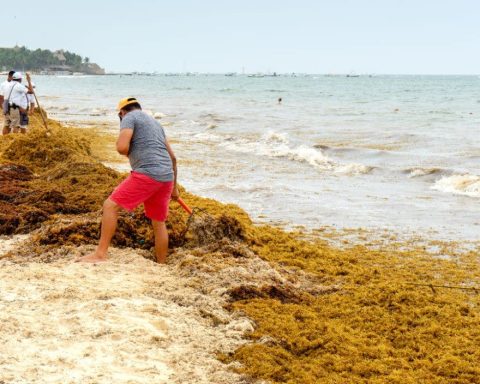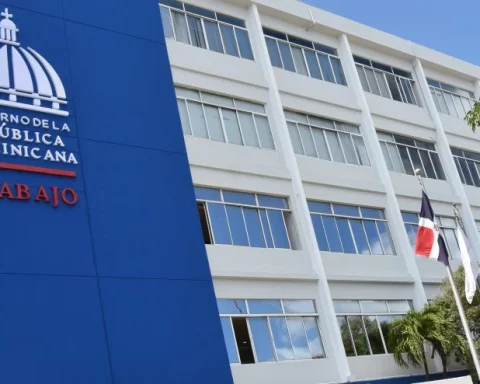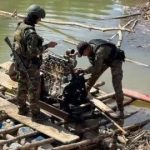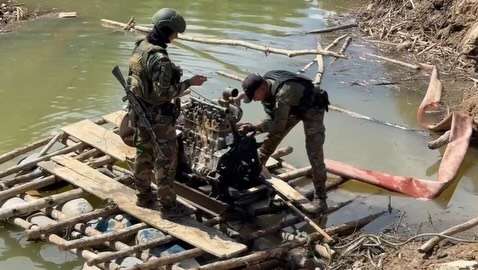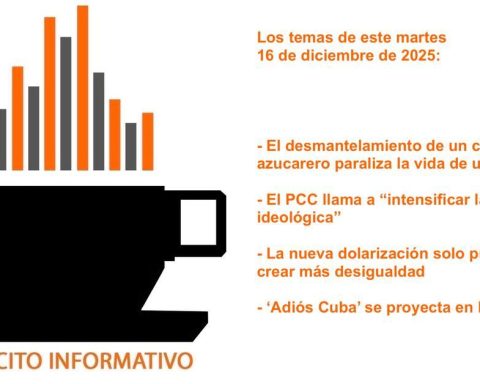Normalization, cultural practices, and emphasis on trafficking in Dominican women abroad affect the precarious identification of cases of migrant children and adolescents at risk or situation of treats in the Dominican Republic, according to a study.
This investigation concluded that the lack of knowledge and recognition of this crime at the population level and the weak prosecution of cases, which are identified through informal complaints, also affect the identification of minors at risk.
Boys, girls and adolescents foreign in a situation or risk of treats in Dominican Republic was carried out by Mildred Martínez, and had the financial support of the European Union, under the macroproject developed by the National Institute of Migration (INM DR).
I know treats of an exploratory investigation with a qualitative approach and is based on a bibliographical review and interviews with representatives of government entities and non-governmental organizations with some connection to the topic of treats. The collection of information was carried out between November 2019 and March 2020.
the profile
The cases of treated children and adolescents that have been identified in the country only correspond to Haitian nationalsdespite the fact that it is recognized that, due to the increase in migration Venezuelan and the treats of women from the South American country, attention should be paid to the possibility of cases in Venezuelan minors.
These minors foreign victims of treats or at risk are described by the key actors as girls and adolescents between the ages of 12 and 17 in commercial sexual exploitation and domestic service; and boys and girls from 0 to 11 years old begging.
“With a marked difference by sex, according to the modality of exploitation to which they are subjected, a greater presence of girls and adolescents in domestic service and commercial sexual exploitation; while children and adolescents are more involved in street sales and other forms of labor exploitation,” the document described.
In the family of the minor victims there is an absence of one or both parents; They are mainly single-parent headed by women, coming from a context tinged with poverty and violence, with arrangements that include people called uncles, grandparents, but no real relationship can be established.
Minors at risk or situation of treats They have little education, with a lack of recognition of their rights, which limits their ability to self-recognise as victims of a crime.
mode of treats
The main modalities of treats of which children and adolescents are victims foreign They are commercial sexual exploitation, labor exploitation in domestic service and begging.
“Despite the fact that commercial sexual exploitation is the most recognized, it is possible that given the complexity of identifying cases of exploitation of children and adolescents for other modalities, there is an underestimated perception of the volume of children and adolescents in these situations,” the study clarified.
He also indicated that despite the fact that begging is an activity that occurs before everyone’s eyes, and that operations have been carried out to dismantle criminal networks, the key actors refer that it is an activity that is carried out under the auspices of parents or relatives. of the victims.
recommendations
Most of the recommendations offered by the people interviewed are aimed at institutional strengthening and advocacy to achieve greater political will towards the desired change. In this way, political will would allow for institutional strengthening.
-
Achieve greater political will to properly implement the law.
-
More government support for institutions that work on prevention, prosecution and protection.
-
Strengthen the institutional framework of the State, assuming the issue more from the State and relying less on NGOs.
-
Take advantage of existing structures and programs: educational system, health system, pregnancy prevention program, GCP structure.
-
Strengthen what already exists, compliance with laws and use of protocols.
-
Use the results of the investigations that have been carried out in the country.
-
Improve coordination between institutions.
-
Provide financial resources to institutions.
-
Provide institutions with specialized and trained human resources to address the issue professionally and avoid re-victimization.
-
Achieve greater border control.
-
Evaluate the Plan in a timely manner and make it a process directed and motivated by the Government, not by civil society.
-
Expand the work carried out at the local level for the prevention, prosecution and care of children and adolescents.
-
Guarantee the human rights of migrants and their descendants.

